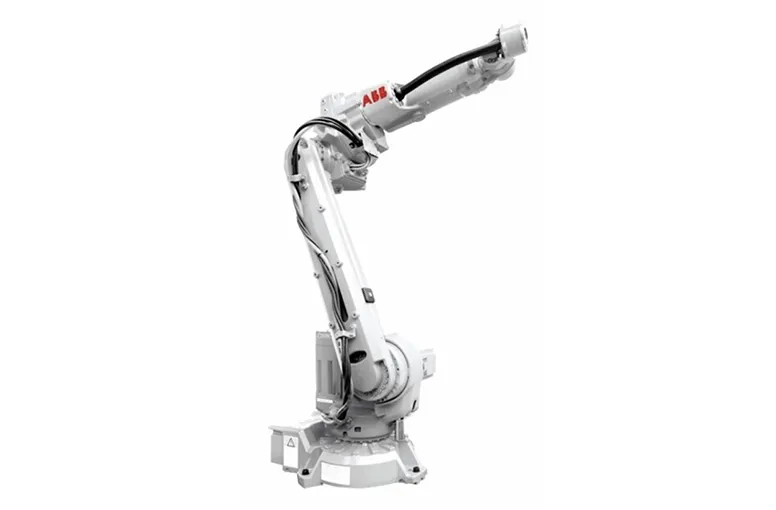In today’s production mindset, elements such as efficiency, speed, and quality have become prominent. Robotic and automatic control systems have become one of the most effective solutions in responding to these needs. Thanks to these systems, businesses can manage operational processes in a more controlled, systematic, and cost-effective manner.
The use of industrial robots in production facilities stands out as a complementary component to human labor. These robots are capable of performing various tasks such as assembly, packaging, inspection, and testing flawlessly. Rapidly developing robot technologies allow for the creation of more flexible and intelligent systems both in terms of hardware and software.
Another concept gaining increasing importance in the business world is robotic process automation. This technology enables the automation of repetitive in-office tasks through software robots. Thus, human error is reduced, and employees can focus on more strategic tasks.
One of the most common application areas of robotic systems is logistics and internal transport processes. In particular, robotic transport solutions ensure that products are transferred quickly and safely from one point to another. These systems save time in warehouse management and supply chain operations.
Robotic and digital production systems are creating transformations in many areas from production to service industries, offering businesses sustainable growth opportunities.

